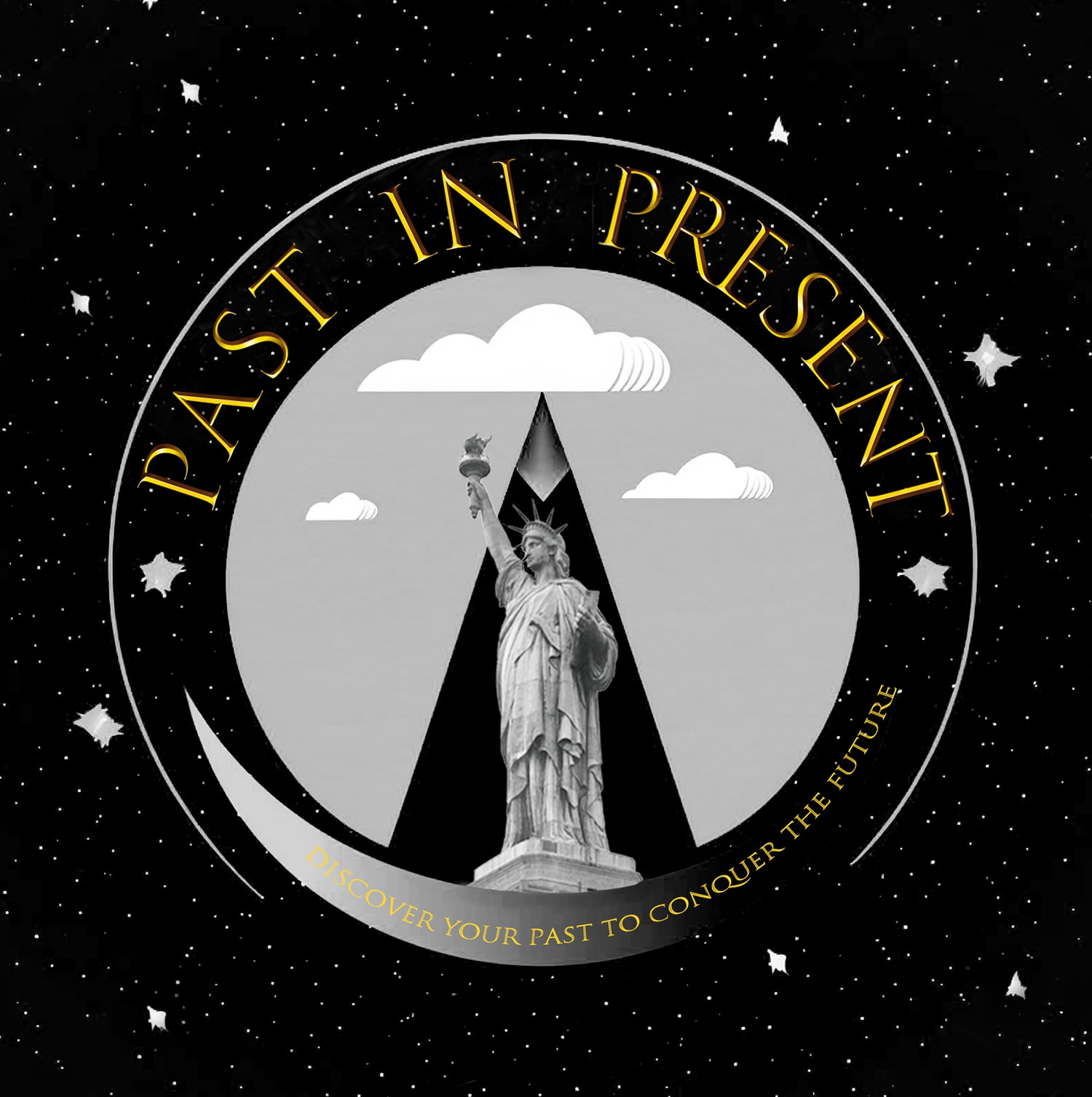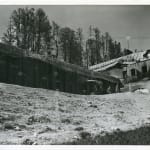-
Artworks
Open a larger version of the following image in a popup: Captured bombed Berghof, Hitler’s “Eagle’s Nest” at Berchtesgaden, Germany 6.7.45
Open a larger version of the following image in a popup:
Captured bombed Berghof, Hitler’s “Eagle’s Nest” at Berchtesgaden, Germany 6.7.45
Open a larger version of the following image in a popup: Captured bombed Berghof, Hitler’s “Eagle’s Nest” at Berchtesgaden, Germany 6.7.45
Open a larger version of the following image in a popup:
Captured bombed Berghof, Hitler’s “Eagle’s Nest” at Berchtesgaden, Germany 6.7.45
Open a larger version of the following image in a popup: Captured bombed Berghof, Hitler’s “Eagle’s Nest” at Berchtesgaden, Germany 6.7.45
Captured bombed Berghof, Hitler’s “Eagle’s Nest” at Berchtesgaden, Germany 6.7.45
Joseph A. Bowen
Captured bombed Berghof, Hitler’s “Eagle’s Nest” at Berchtesgaden, Germany 6.7.45, 1945Original vintage photograph. Watermarks do not appear on the actual photograph.10 x 8 1/4 in
25.4 x 20.8 cmPH11913Copyright The US Army Signal CorpsCurrency:Further images
Hitler’s “Eagle’s Nest” The Obersalzberg is a small mountain that lies just outside the pretty Alpine town of Berchtesgaden on the Bavarian-Austrian border. From 1933 to 1945 Adolf Hitler owned...Hitler’s “Eagle’s Nest”
The Obersalzberg is a small mountain that lies just outside the pretty Alpine town of Berchtesgaden on the Bavarian-Austrian border. From 1933 to 1945 Adolf Hitler owned a house on the mountain called the Berghof. Over several years, Hitler’s loyal subordinate Martin Bormann gradually took over the Obersalzberg area, evicting its farmers and pulling down the original properties. In their place was created a carefully guarded Nazi village, where senior members of the regime had alpine chalets built close to their Führer. The site also included barracks accommodation for Hitler’s SS guards, service buildings, hotels for important guests, garages for the leaders’ huge armoured Mercedes limousines, tea houses (including the famous Eagle’s Nest), a kindergarten, cinema and a massive greenhouse to supply Hitler’s vegetarian dietary requirements.
As the war progressed, Hitler divided his time between his Eastern Front headquarters at Rastenburg, known as the Wolf’s Lair, the Reichs Chancellery in Berlin and the Obersalzberg. Eva Braun, the Führer’s mistress, lived almost exclusively at Obersalzberg throughout the war, until leaving for the Berlin Bunker. In April 1945, the Royal Air Force launched a devastating raid on the Obersalzberg, probably because, with its miles of bunkers and air raid shelters, it could have been used as part of the ‘Alpine Redoubt’, the semi-mythical last stand in the Alps planned by the SS. The British Lancasters devastated the Obersalzberg, damaging or destroying many of the Nazi properties. As Allied ground forces closed in on the village in early May 1945, the SS set fire to Hitler’s house and withdrew. In 1952, the shell of the Berghof was blown up by the Bavarian Government in an attempt to erase all traces of Hitler from the mountain. Today, extensive ruins of many important Nazi buildings remain scattered across the site, including some traces of the Berghof. A few buildings remain untouched by war and have survived the wrecking ball.
Credit: http://markfelton.co.uk/publishedbooks/hitlers-obersalzberg-today/
Provenance
Photo is from collection of 1st Lt. John J. Kinney, from Chicago, Illinois, who was in the US Army Signal Corps in the ETO during WWII. He commanded several combat photographers who took these photos. Many of the photos are of the 2nd Infantry Division. Kinney was awarded the Bronze Star on 30 July 1945 for action during the war and later retired from the US Army as a Lt. Colonel.










